Schiapparelli, 2002
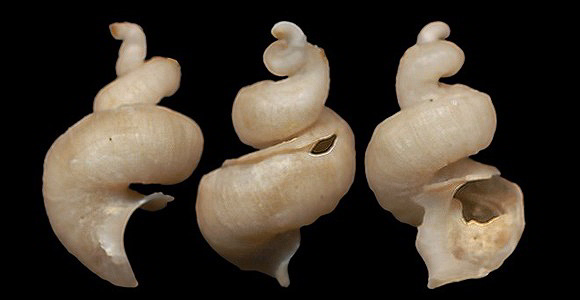
Predator on sponges in the infralittoral and the circalittoral.
20-30m deep, on detritic bottom, in a cave of Capo Palinuro, Salerno, Campania, SW. Italy. 5mm.
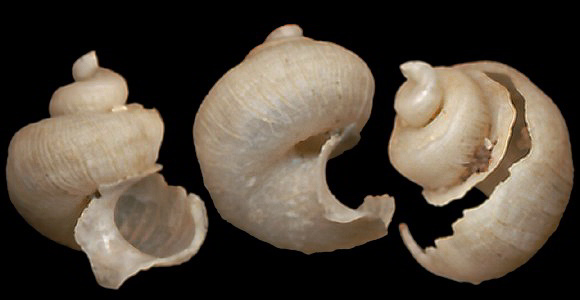
Same spot. 5mm.

33m deep, in shell grit, Secche di Tor Paterno, off Torvajanica, Roma, Lazio, SW. Italy. 4-9mm.
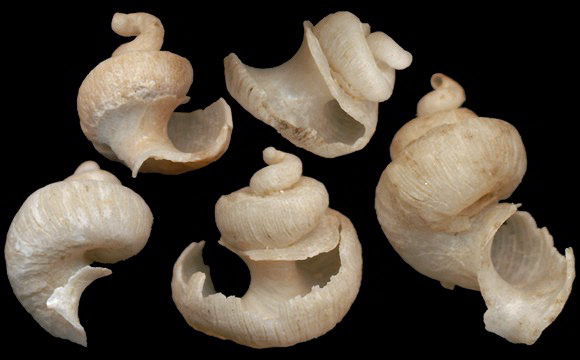
Shell « loosely coiled, following an irregular logarithmic spiral; protoconch disjunct from the other whorls; system of radial cracks well-developed; surface smooth (except for the cracks), beige […] Slit very irregular in shape and width, alternating portions with a constant width of about 120µm with broader regions forming a sinus of 600µm. » – S. Schiaparelli: “Taxonomy of the family Siliquariidae (Mollusca, Caenogastropoda) in Eastern Atlantic Ocean and Mediterranean Sea: description of a new genus and a new species”, Italian Journal of Zoology vol. 69, 2002, p.250.
A highly variable species. 5-7,5mm.
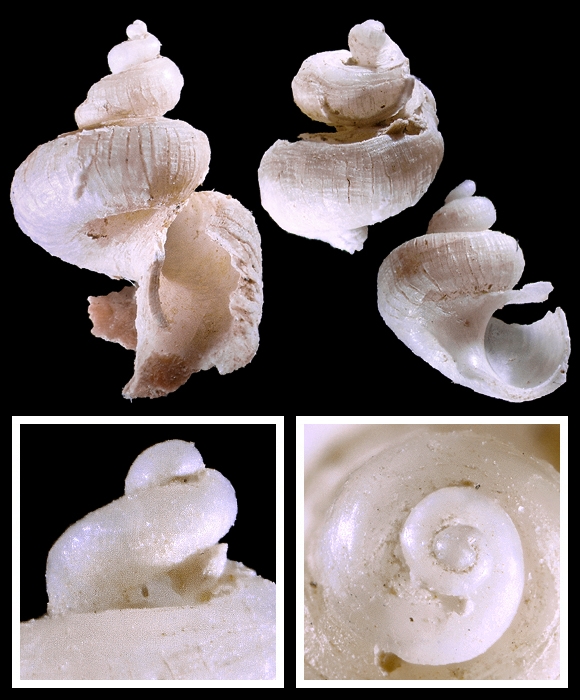
Specimens from La Ciotat, Provence, S. France. 4,25-7,7mm.
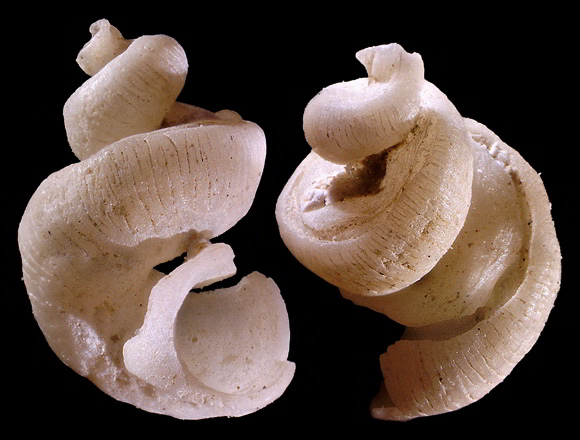

40m deep, Cavtat area, S. Croatia. 5,7mm.
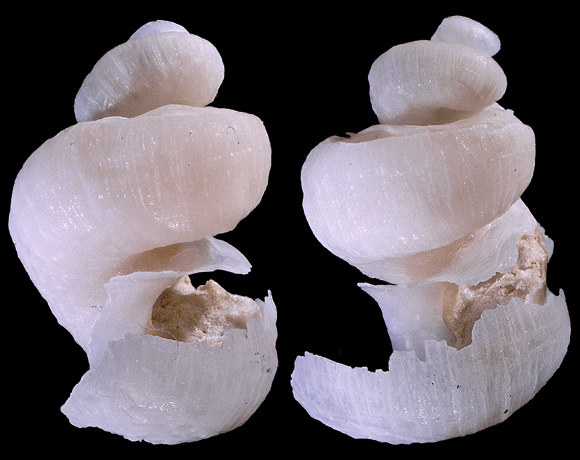
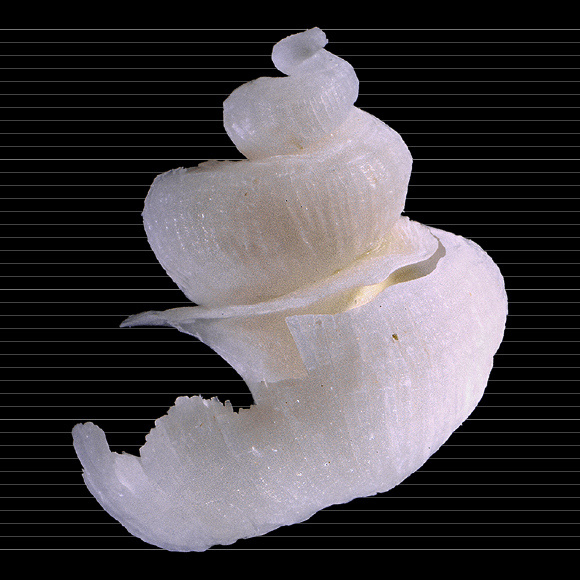

– (CC BY-NC-ND) –